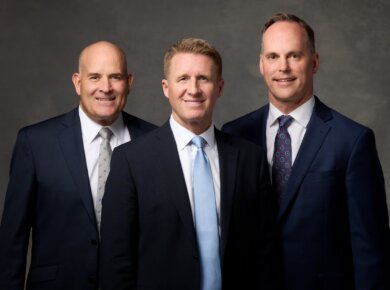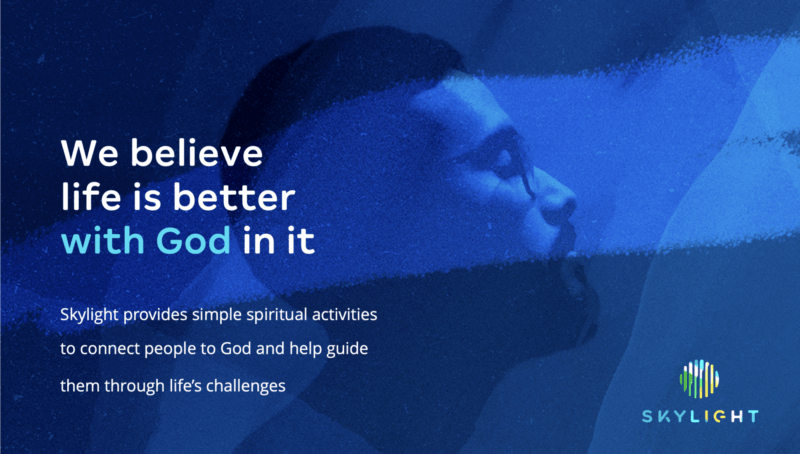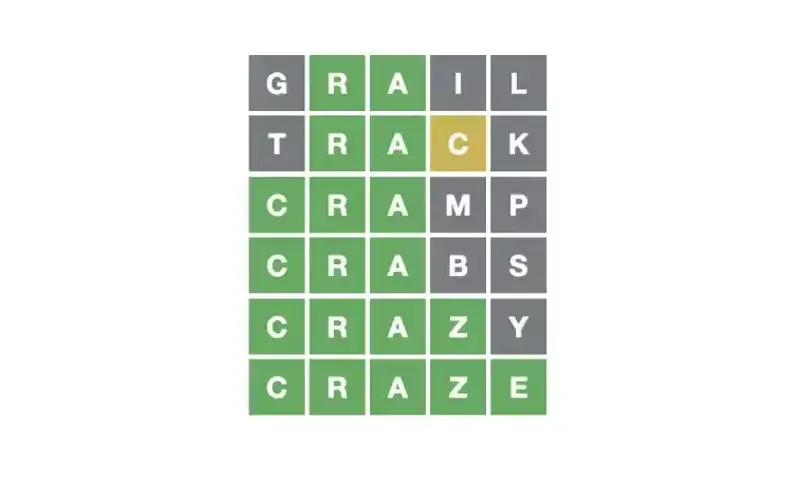Study and Discussion Guide for “Rise! He Calleth Thee” by Elder Massimo De Feo
Key Points
- The Gospel as a Solution: The gospel of Jesus Christ is not a means to avoid challenges but a solution to increase faith and learn how to handle them.
- Personal Reflection on Trials: Elder De Feo shares a personal experience where a health scare led him to reflect on the state of his spiritual vision, highlighting the importance of clear spiritual sight.
- Bartimaeus’s Faith: The story of Bartimaeus, a blind man who recognized Jesus as the Messiah, serves as an example of clear spiritual vision despite physical limitations.
- Acting in Faith: Bartimaeus’s decision to cry out to Jesus despite others trying to silence him exemplifies acting in faith rather than being acted upon by circumstances.
- Spiritual Focus: The importance of maintaining spiritual focus on Jesus Christ, even when surrounded by distracting and discouraging voices, is emphasized.
- Throwing Away the Beggar’s Coat: Bartimaeus’s act of casting away his beggar’s coat symbolizes leaving behind excuses and the natural man to embrace a new life in Christ.
- Hearing the Lord’s Voice: Just as Bartimaeus was guided by the voice of Jesus, we are encouraged to listen for and follow the Lord’s voice in our lives.
- Receiving Spiritual Vision: True faith in Jesus Christ, as demonstrated by Bartimaeus, leads to miracles and the blessing of spiritual vision, which allows us to follow Jesus fully.
- Enduring to the End: The ultimate goal of receiving blessings and spiritual sight is to follow Jesus Christ faithfully, making and keeping covenants, and enduring to the end.
- Declaring Testimony: In a world filled with competing voices, we are called to declare our testimony of Jesus Christ louder and more clearly, removing any obstacles that hinder our discipleship.
Questions to Consider
- How does Elder De Feo’s experience with his eyesight challenge you to reflect on your own spiritual vision?
- In what ways can you relate to Bartimaeus’s decision to cry out to Jesus despite the discouragement of others? How can this inspire you in your own faith journey?
- What does the act of “casting away the beggar’s coat” represent in your life, and what might you need to leave behind to more fully follow Christ?
- How do you identify and overcome the “voices of the world” that try to silence your testimony of Jesus Christ?
- What specific actions can you take to ensure you are acting in faith rather than being acted upon by your circumstances?
- How do you maintain spiritual focus on Jesus Christ in a world full of distractions and challenges?
- What does it mean to you to hear the voice of the Lord, and how do you differentiate His voice from others?
- How can the principle of enduring to the end, as taught in this article, help you navigate difficult times in your life?
- In what ways can you cry your testimony of Jesus Christ louder, both in your personal life and in your interactions with others?
- How can Elder De Feo’s teachings about spiritual vision influence your approach to daily challenges and your overall perspective on life?
Interactive Group Learning Activities
- Spiritual Vision Board:
- Objective: To encourage participants to reflect on their spiritual goals and how they can focus more on Jesus Christ.
- Activity: Provide materials for creating vision boards (magazines, markers, glue, etc.). Ask participants to create a board that represents their spiritual goals, focusing on how they can improve their spiritual vision and follow Jesus Christ more closely. After creating the boards, have each participant explain their vision board to the group, discussing the specific goals they’ve set and how they plan to achieve them.
- “Casting Away the Beggar’s Coat” Exercise:
- Objective: To help participants identify and release personal excuses or barriers that prevent them from fully following Christ.
- Activity: Give each participant a piece of paper and ask them to write down any “beggar’s coats” they might be holding onto—excuses, sins, or barriers preventing them from following Christ. Then, in a symbolic gesture, have each participant share what they wrote (if comfortable) and physically tear up or crumple the paper, signifying their commitment to leave those excuses behind. Follow up with a group discussion on how they can support each other in staying committed to this change.
- Listening for the Lord’s Voice:
- Objective: To practice discernment and spiritual listening in a noisy world.
- Activity: Play a recording of various voices or sounds, with one distinct voice saying a key message related to the gospel (e.g., a scripture or quote from the article). Ask participants to close their eyes and try to identify and focus on the key message amid the other noises. Afterward, discuss the experience and relate it to the challenge of hearing the Lord’s voice in daily life. Encourage participants to share strategies they use to stay spiritually focused and avoid distractions.
Bartimeus had heard of Jesus and his miracles, and learning that he was passing by, hoped to recover his eyesight. In coming to Christ for help and healing, we should look to him as the promised Messiah. The gracious calls Christ gives us to come to him, encourage our hope, that if we come to him we shall have what we come for. Those who would come to Jesus must cast away the garment of their own sufficiency, must free themselves from every weight, and the sin that, like long garments, most easily besets them, (Hebrews 12:1). He begged that his eyes might be opened. It is very desirable to be able to earn our bread; and where God has given men limbs and senses, it is a shame, by foolishness and slothfulness, to make themselves, in effect, blind and lame. His eyes were opened. Thy faith has made thee whole: faith in Christ as the Son of David, and in his pity and power; not thy repeated words, but thy faith; Christ setting thy faith to work. Let sinners be exhorted to imitate blind Bartimeus. Where the gospel is preached, or the written words of truth circulated, Jesus is passing by, and this is the opportunity. It is not enough to come to Christ for spiritual healing, but, when we are healed, we must continue to follow him; that we may honor him, and receive instruction from him. Those who have spiritual eyesight, see that beauty in Christ that will draw them to run after him. ~ Matthew Henry Commentary
Green Turquoise Minimalist Travel Plan Itinerary Presentation by John Dye


















